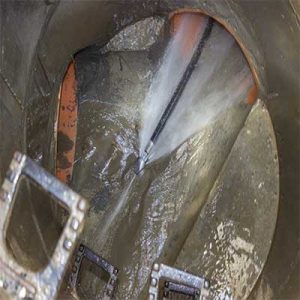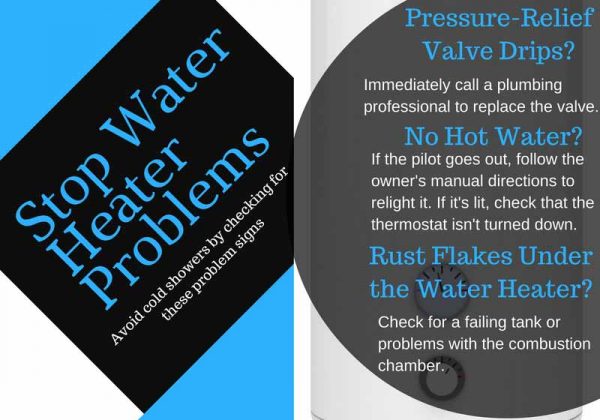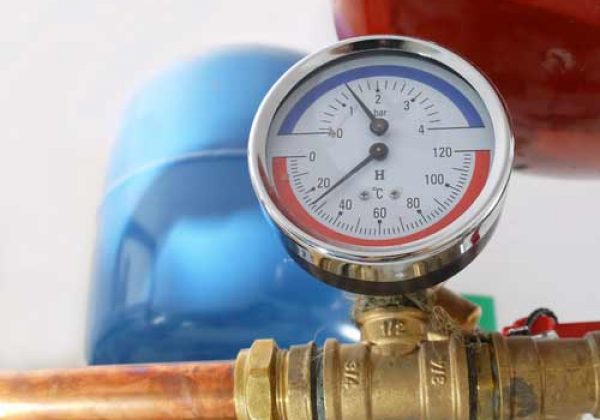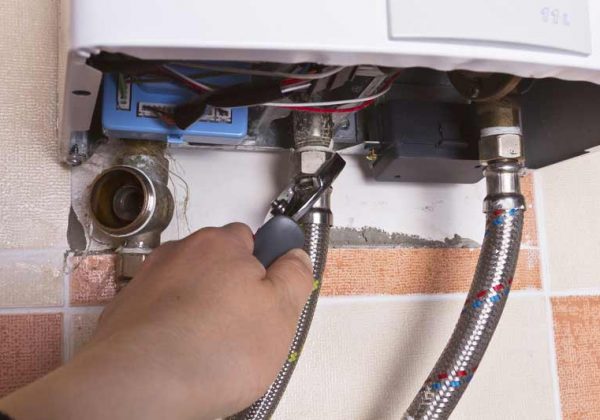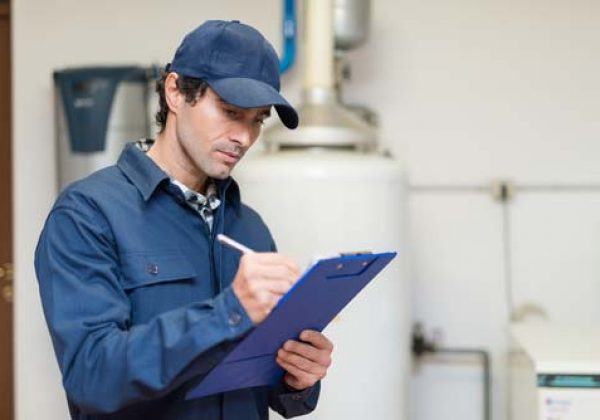Ways to Have Summertime Fun While Conserving Water
 Many of us enjoy spending the summer outdoors, but that also means dealing with the heat. As temperatures rise, it's tempting to find salvation by taking a dip in the pool or spraying one's self with a hose.
Many of us enjoy spending the summer outdoors, but that also means dealing with the heat. As temperatures rise, it's tempting to find salvation by taking a dip in the pool or spraying one's self with a hose.
Water consumption skyrockets during the summer months partly for this reason. According to the Environmental Protection Agency, on average a family uses about 320 gallons of water per day at most times of the year. That number can spike to 1,000 gallons per day during summer. If you can believe it, some families use up to 3,000 gallons per day. That's the equivalent of running a garden hose on full blast for eight hours straight.
The extra water we use when the weather is warmest can affect our water bills and local resources, but it doesn't have to. There are ways to have fun in the sun while using less water.
Here are some ways to keep yourself entertained during summer while conserving water.
Get Into the Game

Playing games might be the easiest way for the whole family to have fun while saving on water. Most of the time, the only water you'll be using is the amount you drink to rehydrate.
Throw around the pigskin or play a game of catch with your kids. Hit the pitch for a game of rugby or a round of soccer. Whether you're participating or spectating, keeping yourself occupied with outdoor sports means less time spent at home using up your own water.
Water Your Lawn While You Cool Off
 This is by far the most efficient way to use water during the summer. A lot of the extra water consumed during summer is due to landscaping. We use it to keep our grass green and our garden blooming. But there's a way to tend to our yards while simultaneously keeping cool under the hot sun.
This is by far the most efficient way to use water during the summer. A lot of the extra water consumed during summer is due to landscaping. We use it to keep our grass green and our garden blooming. But there's a way to tend to our yards while simultaneously keeping cool under the hot sun.
If you use a sprinkler to water your lawn, it can double-up as a water attraction. Put on your bathing suit and jump through the water jets as a way to beat the heat. Don't have a sprinkler? Make use of a hose and spray your kids or encourage them to jump through the stream.
This keeps your property looking fresh while giving your family an excuse to have fun in the sun.
Have a Pool Day
 If you live near a pool , a day splashing around can be fun for the whole family. There's no shortage of games you can play at the pool.
If you live near a pool , a day splashing around can be fun for the whole family. There's no shortage of games you can play at the pool.
Take advantage of this public option, instead of using up water in your own home, this will keep your water bill from rising like the heat.


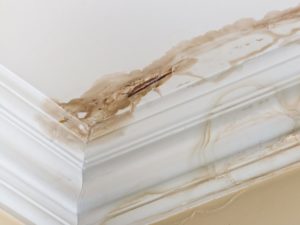
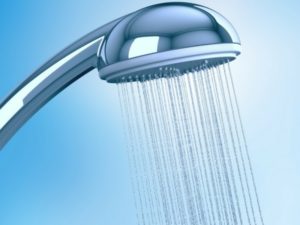 You can also help your pipes out by being kinder to them and lengthening their durability.
You can also help your pipes out by being kinder to them and lengthening their durability.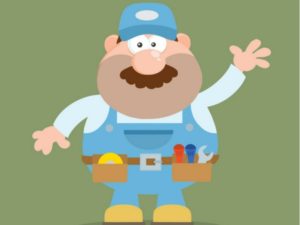
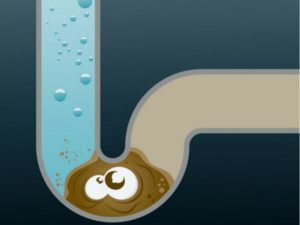 If youÔÇÖre lucky, it may still be a minor problem in which case you can clean it yourself.
If youÔÇÖre lucky, it may still be a minor problem in which case you can clean it yourself.
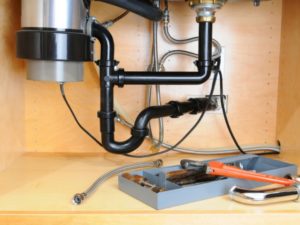
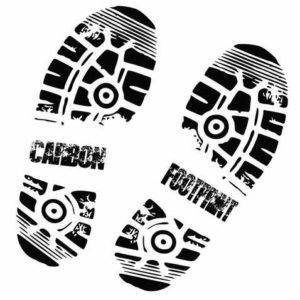 When people talk about going green these days, there's one underlying thread that always links the actions: reducing your carbon footprint.
When people talk about going green these days, there's one underlying thread that always links the actions: reducing your carbon footprint.
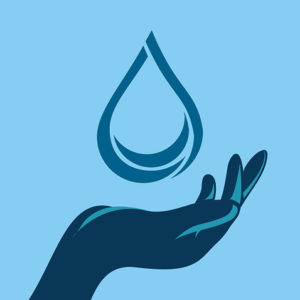 Water heaters typically need to be replaced every 10 years or so, and when yours is up for renewal, there are plenty of reasons why you should upgrade to an energy-efficient tankless version. LetÔÇÖs compare the two styles:
Water heaters typically need to be replaced every 10 years or so, and when yours is up for renewal, there are plenty of reasons why you should upgrade to an energy-efficient tankless version. LetÔÇÖs compare the two styles: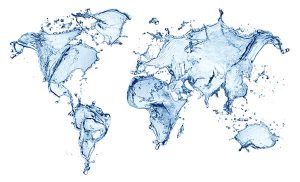 ItÔÇÖs the day created to highlight the value of clean water in communities around the world. World Water Day is an event that requires us to consider how we use water and recognize that over 1 in 10 people globally doesnÔÇÖt have access to
ItÔÇÖs the day created to highlight the value of clean water in communities around the world. World Water Day is an event that requires us to consider how we use water and recognize that over 1 in 10 people globally doesnÔÇÖt have access to 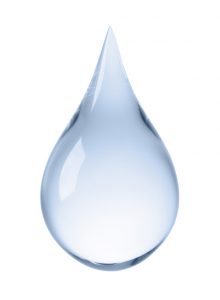 Reduce your number of showers: Instead of showering every day, you might consider switching to showering every other day and finding other ways to freshen up. Each 10-minute shower can lead to the use of over 17 gallons of water. And this can mean that youÔÇÖre wasting hundreds of gallons a week.
Reduce your number of showers: Instead of showering every day, you might consider switching to showering every other day and finding other ways to freshen up. Each 10-minute shower can lead to the use of over 17 gallons of water. And this can mean that youÔÇÖre wasting hundreds of gallons a week. Reliable Tips to Plan for Healthy New Year
Reliable Tips to Plan for Healthy New Year
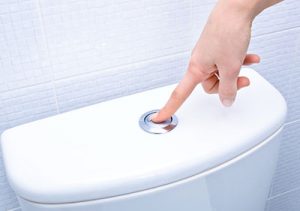
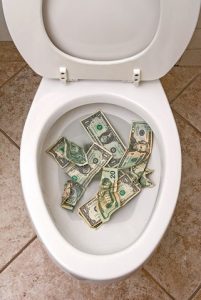 The Clear Advantages of Dual Flush and Low Flow
The Clear Advantages of Dual Flush and Low Flow What is Snaking?
What is Snaking?